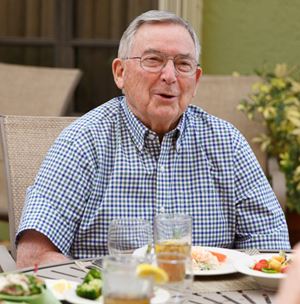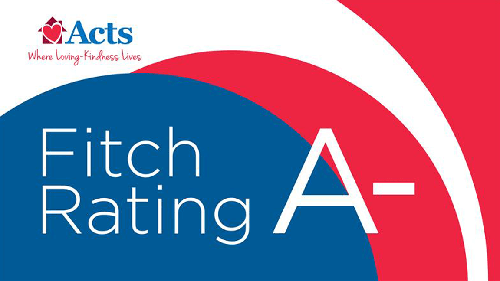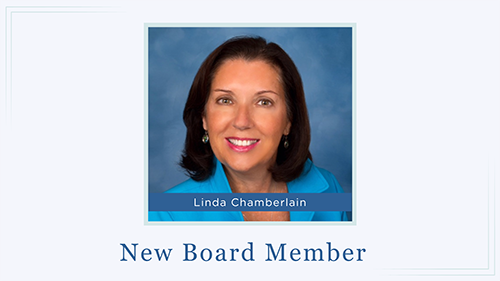I was at my chiropractor’s office a few weeks ago getting an adjustment. I regularly go every 8 – 10 weeks for my back health. I highly recommend you visit the chiropractor. We all have a backbone that needs to stay aligned.
While I was waiting in the chiropractor office, I read the wall poster about headaches. A few of the more common types of headaches were highlighted on the poster (there are many types of headaches if you take the time to research the topic). Tension headaches make you feel a dull, aching sensation all over your head. Migraine headaches give you a pounding, throbbing pain and can last a long time. Cluster headaches give a piercing or burning pain and occur behind or around an eye or one side of the head. Exercise-induced headaches can occur during or after a period of sustained, strenuous exercise like running, rowing, swimming, tennis, and weightlifting to name a few.
Exercise-related headaches are common. Here are a few tips on what to do if you feel an exercise-related headache begins to start (American Council on Exercise, ACE).
 Dehydration. Staying hydrated is very important before, during and after exercise. If you sweat a lot during exercise, it’s very important to stop and drink water or a low sugar sports drink. When you’re done exercising, drink water to help your body recover.
Dehydration. Staying hydrated is very important before, during and after exercise. If you sweat a lot during exercise, it’s very important to stop and drink water or a low sugar sports drink. When you’re done exercising, drink water to help your body recover.
Low blood sugar. One of our body’s main sources of energy is our blood sugar. If we’re running low on blood sugar or hypoglycemia, a headache along with shakiness, weak, dizzy or even being lightheaded are symptoms of low blood sugar. Don’t exercise if you’re feeling these warning signs of low blood sugar. Eat a high carbohydrate snack or drink and give your body time to recover.
Incorrect form. If you clench your jaw, breathe erratically, or slouch your shoulders while exercising, this could lead to a headache. Cyclists tend to have hunched over shoulders which is why when I bike I often sit upright once and a while to correct this posture (and I don’t make biking my only exercise activity). Gentle stretching can help to relieve headaches caused by muscle tension. I use a muscle roller and self-massage muscle groups that become tight. I see more and more athletes self-massaging on the sidelines while not playing even at the high school level. This is also good for the non-athlete. Just be sure to massage towards the heart if you’re massaging your legs or arms.
If you suffer from a headache during or after your workout, take care of it with these tips. Here’s to your good health and well-being.
Jonathan Souder is the Fitness Director at Manor House, an Acts Retirement-Life Community in Seaford, Delaware. This column appeared in the November 7, 2019 edition of the Seaford Star.






